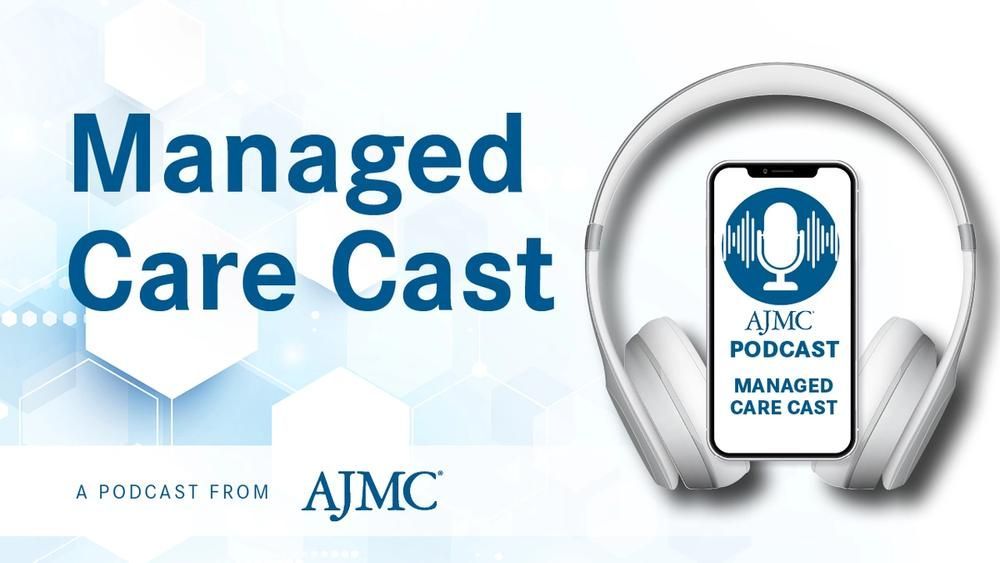News
Article
Differential Coding Inflated Medicare Advantage Payments by $33 Billion in 2021, Study Finds
Author(s):
Key Takeaways
- Differential coding in MA plans results in higher risk scores and increased payments compared to TM, with significant insurer variation.
- UnitedHealth Group's risk scores were significantly higher than the MA industry average, while Kaiser Permanente's were lower.
In 2021, UnitedHealth Group received 42% of the $33 billion in additional Medicare Advantage payments from differential coding.
Due to differential coding in Medicare Advantage (MA), risk scores were 0.19 higher in 2021 than they would have been under traditional Medicare (TM) coding practices, with wide variation in impact across insurers.1
The authors of the Annals of Internal Medicine study explained that MA plans are paid more for sicker members. Consequently, as determined by the Medicare Payment Advisory Commission, MA plans report diagnoses more intensely than providers in the TM program.2 As a result, it estimates that MA plans will be paid $50 billion more in 2024.
Past research has found differences in coding intensity across MA contracts, with some contracts coding similarly to providers in TM and others coding much more severely.1 Although these coding patterns are well documented, the researchers noted a lack of studies estimating how much each MA insurer engages in differential coding and the resulting revenue gains.
In 2021, UnitedHealth Group received 42% of the $33 billion in additional Medicare Advantage (MA) payments from differential coding. | Image Credit: dizain - stock.adobe.com

Because of this, they conducted a study to provide insurer-specific estimates of the impact of differential coding on risk scores and revenue using TM claims and MA encounter data from the CMS Chronic Conditions Data Warehouse (2015-2020). They also used monthly enrollment, dual eligibility status, and annual demographic data from the Master Beneficiary Summary Files (2015-2021).
The researchers analyzed 697 of the 889 active MA contracts in 2021, applying the CMS-Hierarchical Condition Category Version 22 risk adjustment model with 79 condition categories to calculate risk scores. Special focus was placed on the top 10 diagnostic groups, which account for most of the differences between MA and TM risk scores and their weighted impact on payment.
A regression analysis was conducted with differential persistence and new incidence as the independent variables, controlling for factors such as contract duration. The results were aggregated at both the insurer and industry levels.
To estimate the financial impact of differential coding, the study assumed that plans do not adjust their bids based on coding intensity. Under this assumption, the extra payment comes from higher rebates. However, the researchers acknowledged that the actual financial impact could be larger if plans also increase their bids in response to more intense coding.
The researchers found that the average MA risk score in 2021 (1.26) was 18.5% higher than the average TM risk score (1.07). Among the top 10 diagnostic groups, persistence averaged 78.1% in MA compared with 72% in TM. Also, cumulative new incidence was 46% per year in MA vs 33% in TM. Because of the higher persistence and new incidence in MA, the average risk score was 0.19 (95% CI, 0.17-0.21) greater in 2021 than it would have been under TM coding practices.
For individual insurers, MA coding patterns caused UnitedHealth Group’s average 2021 risk score to be 0.28 (95% CI, 0.26-0.31) higher, significantly larger than the MA industry average of 0.19. In contrast, Kaiser Permanente's coding was much lower than the industry average.
Due to differential coding, MA plans received an estimated $33 billion (95% CI, $28 billion-$38.5 billion) in additional payment in 2021. Of this amount, $13.9 billion (95% CI, $12.4 billion-$15.5 billion), or 42%, went to UnitedHealth. This translated to an estimated revenue increase of $1863 per member, substantially greater than the industry average of $1220.
Conversely, the researchers estimated that Kaiser Permanente received $0.5 billion (95% CI, –$0.1 billion to 1.1 billion) in revenue from differential coding, equating to an estimated increase of $278 per member.
The researchers acknowledged their study’s limitations, one being that it did not control for beneficiary characteristics across contracts, including age, gender, geographic region, or institutional status. Despite this, they expressed confidence in their findings.
“Any MA payment policy reform that effectively targets differential coding will have a widely disparate effect across insurers,” the authors concluded.
References
- Kronick R, Chua M, Krauss R, Johnson L, Waldo D. Insurer-level estimates of revenue from differential coding in Medicare Advantage. Ann Int Med. doi:10.7326/ANNALS-24-01345
- March 2024 report to the Congress: Medicare payment policy. Medicare Payment Advisory Commission. March 15, 2024.Accessed April 7, 2025. www.medpac.gov/document/march-2024-report-to-the-congress-medicare-payment-policy





